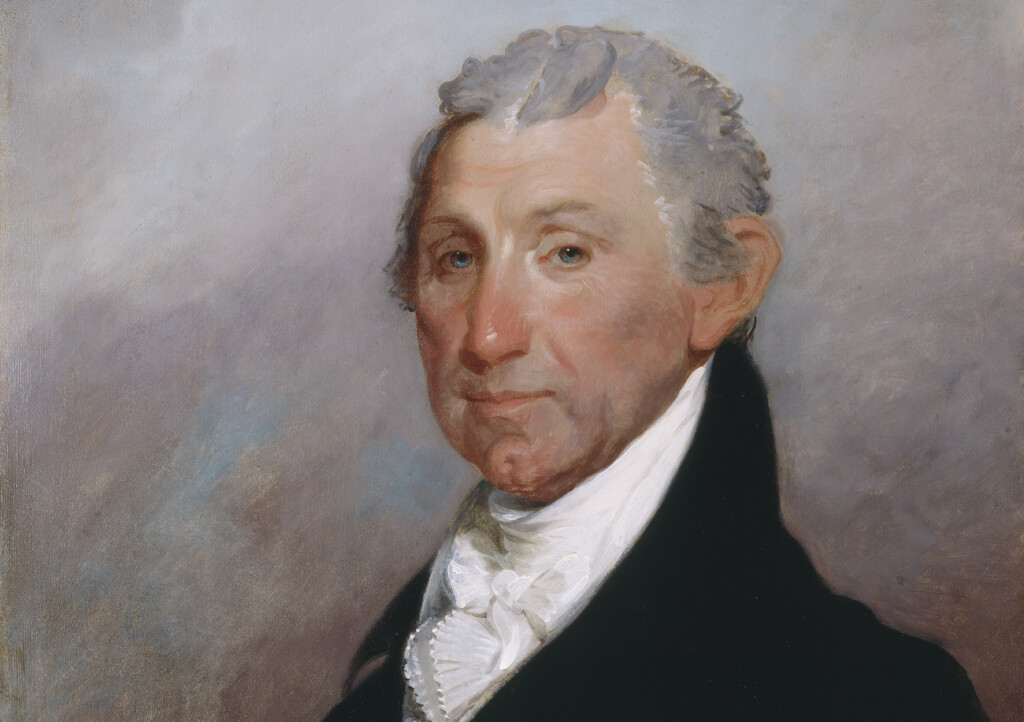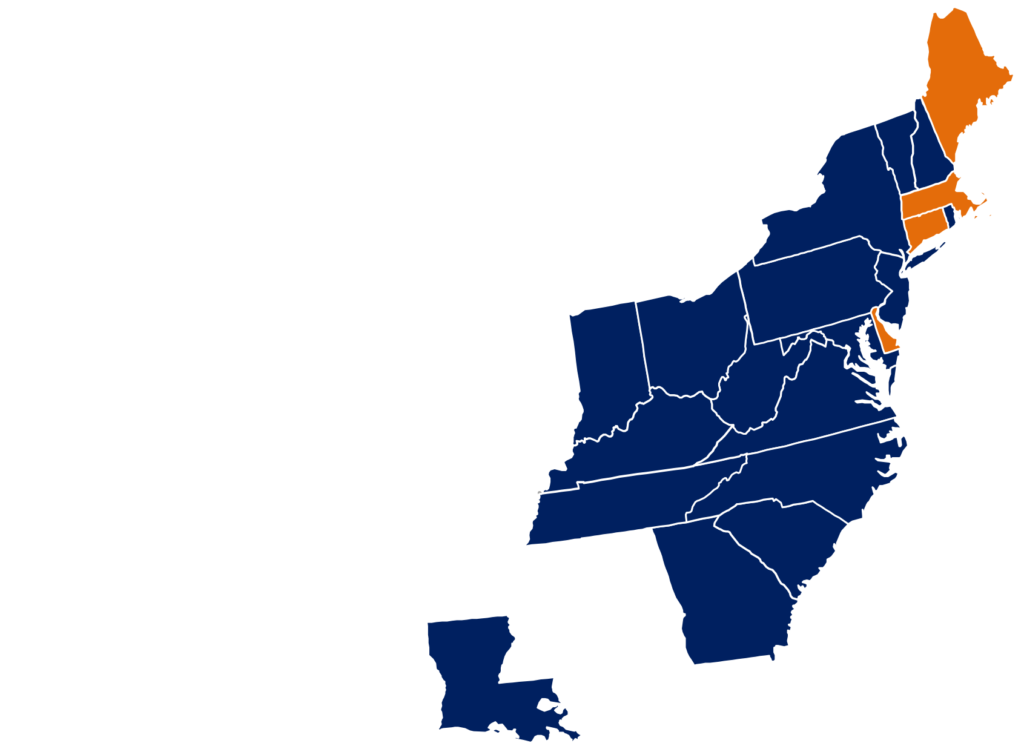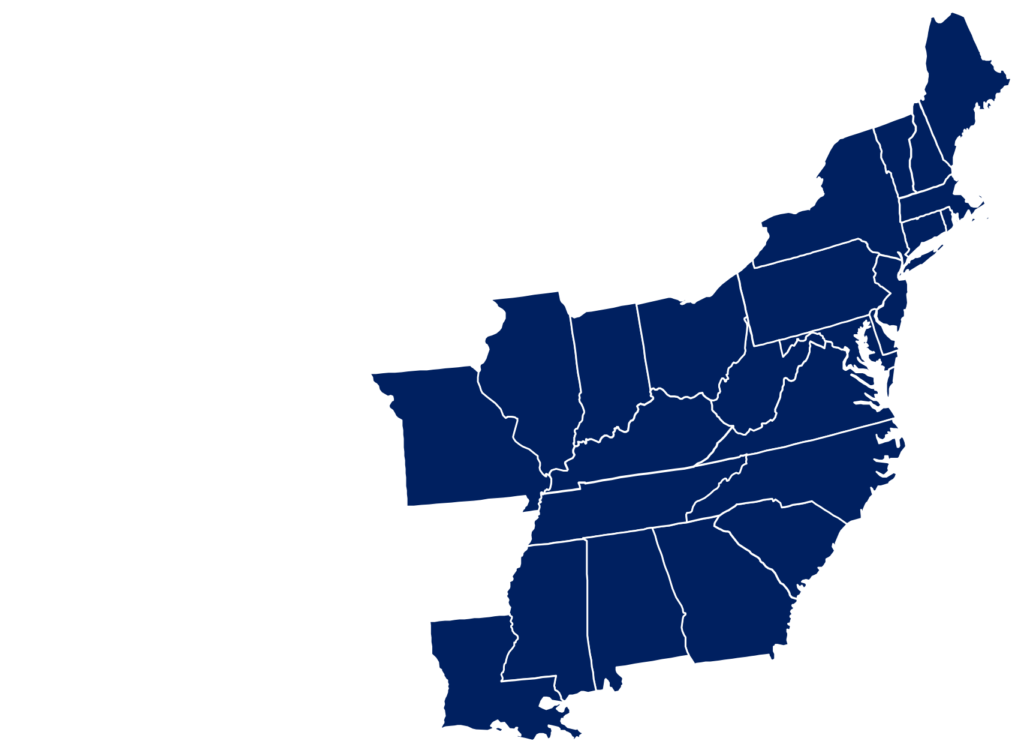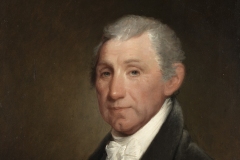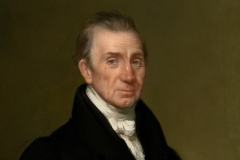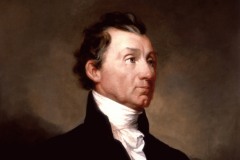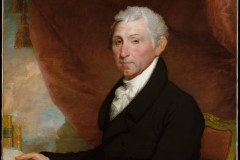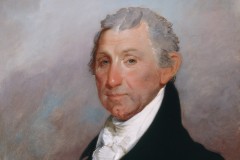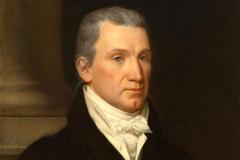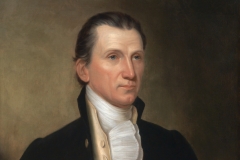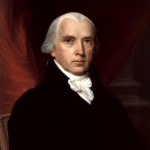
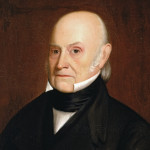
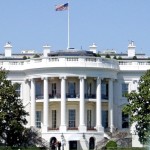
OVERVIEW:
BORN:
April 28, 1758
Westmoreland County, Virginia
DIED:
July 4, 1831 (age 73)
New York, New York
EDUCATION:
College of William & Mary
POLITICAL PARTY:
Democratic-Republican
HIGHLIGHTS:
1776:
Joined the Continental Army’s Third Virginia Infantry Regiment
December 1776:
Crossed the Delaware River with George Washington
12/26/1776:
Wounded at the Battle of Trenton
December 1778:
Camped at Valley Forge
6/28/1778:
Fought at the Battle of Monmouth
1779:
Resigned from the Continental Army
1780:
Studied Law under Governor Thomas Jefferson in Richmond, Virginia
1782:
Member of the Virginia House of Delegates
1783-1786:
Virginia Delegate to the Congress of the Confederation
2/16/1786:
Married Elizabeth Kortright,
Practiced Law in Fredericksburg
1787-1789:
Member of the Virginia House of Delegates
1788:
Member of the Virginia Convention to ratify the U.S. Constitution
1790-1794:
U.S. Senator from Virginia
1794-1796:
U.S. Minister to France for President George Washington
1799-1802:
Governor of Virginia
1803:
Served as Envoy to France to negotiate the Louisiana Purchase
1803-1807:
U.S. Minister England Spain for President Thomas Jefferson
1804:
Arrived in Spain to negotiate the purchase of Florida
1810-1811:
Member of the Virginia House of Delegates
January- April 1811:
Governor of Virginia
1811-1817:
U.S. Secretary of State to President James Madison
1814-1815:
U.S. Secretary of War
1817-1825:
5th President of the United States
1823:
Delivered Speech to Congress known as the Monroe Doctrine
1826-1831:
Served as a Member of the Board of Visitors, University of Virginia
1829:
President of the Virginia Constitutional Convention
1831:
Moved to New York City
FIRST LADY:
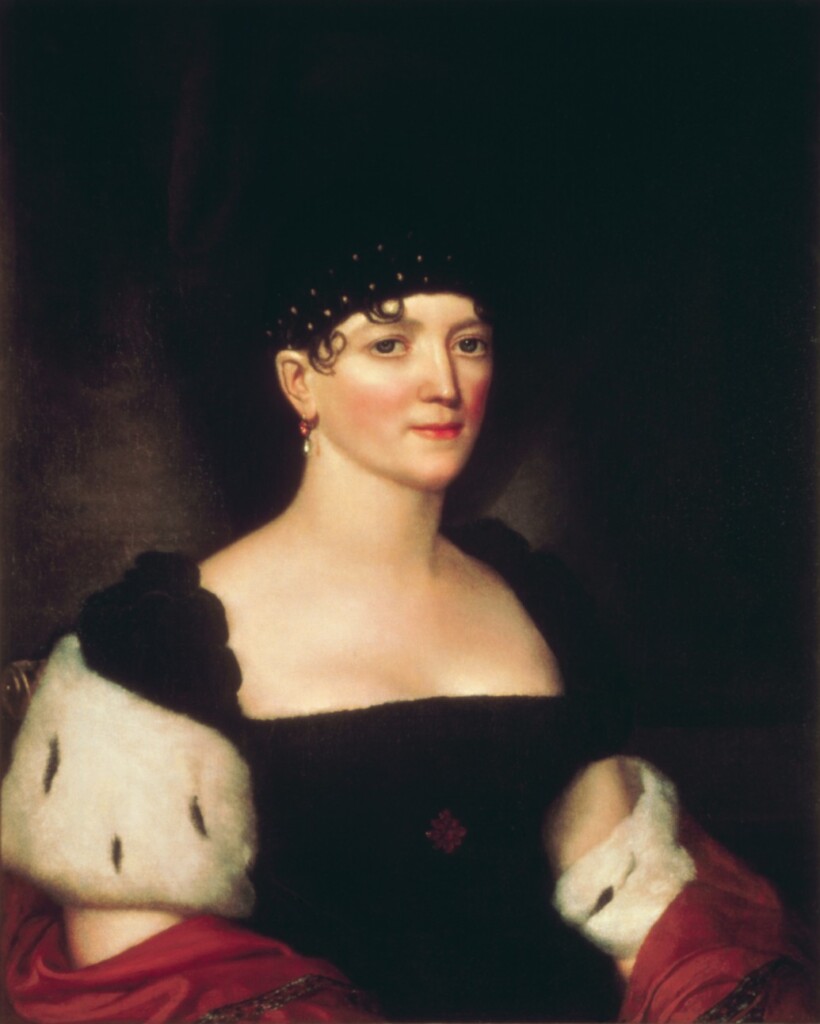
VICE PRESIDENT:
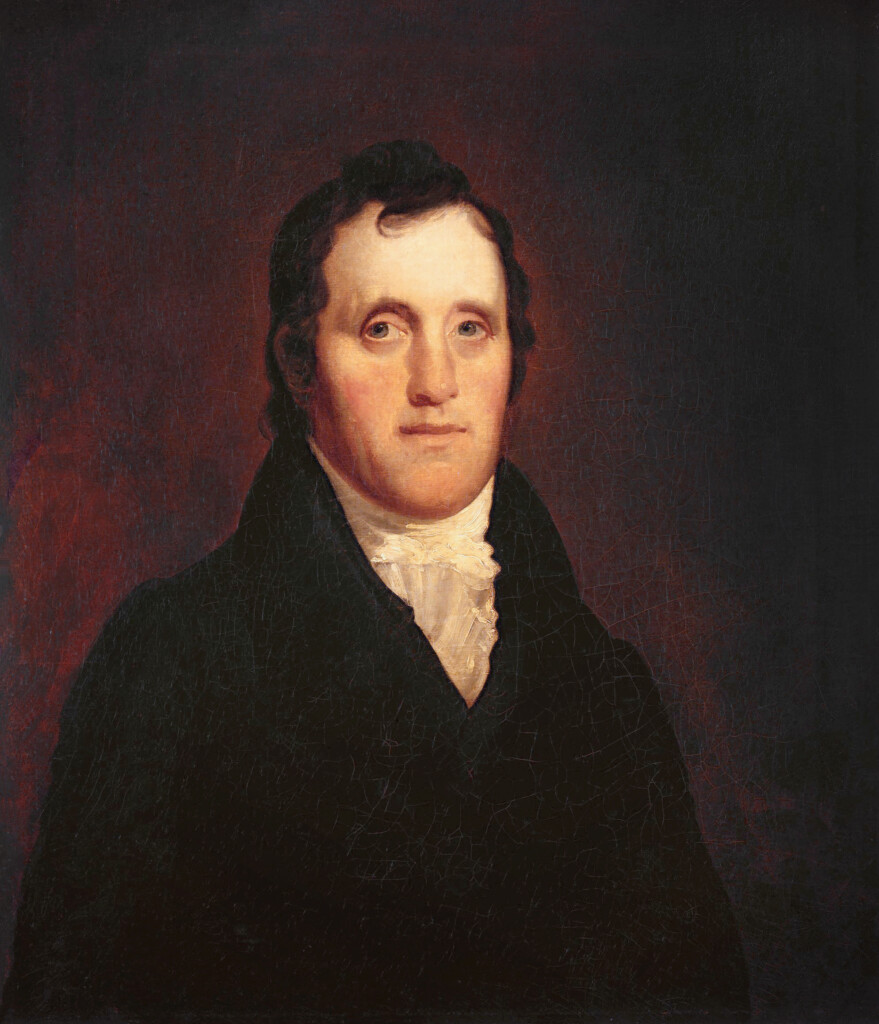
RESOURCES:
BIOGRAPHIES:
White House
Department of State
Biographical Directory of Congress
Highland (Monroe’s Home)
Monticello (Thomas Jefferson Encyclopedia)
Monroe Timeline (Highland)
UVA Miller Center
Wikipedia
PAPERS:
Library of Congress
University of Mary Washington
American Presidency Project (UCSB)
GENERAL BACKGROUND:
Highland
James Monroe Museum
Library of Congress Resources
NOTABLE BOOKS:
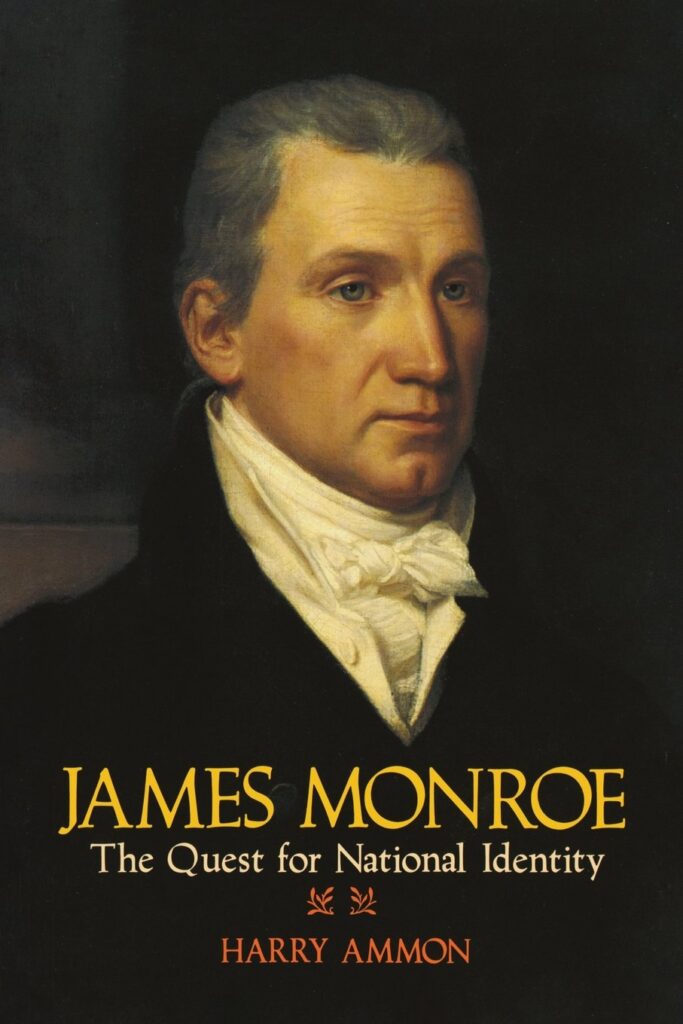
1816 ELECTION:
DEMOCRATIC-REPUBLICAN:
JAMES MONROE (PRESIDENT)
DANIEL D. TOMPKINS (VICE PRESIDENT)
Electoral Vote: 183 (83.9%)
FEDERALIST:
RUFUS KING (PRESIDENT)
JOHN HOWARD (VICE PRESIDENT)
Electoral Vote: 34 (15.6%)
1820 ELECTION:
DEMOCRATIC REPUBLICAN:
JAMES MONROE (PRESIDENT)
DANIEL TOMPKINS (VICE PRESIDENT)
Electoral Votes: 231 (98.3%)
INDEPENDENT:
JOHN QUINCY ADAMS 1 (0.4%)
NOTE:
John Quincy Adams was not a candidate for President, but received one electoral vote from a faithless elector in New Hampshire.
INAUGURATIONS:
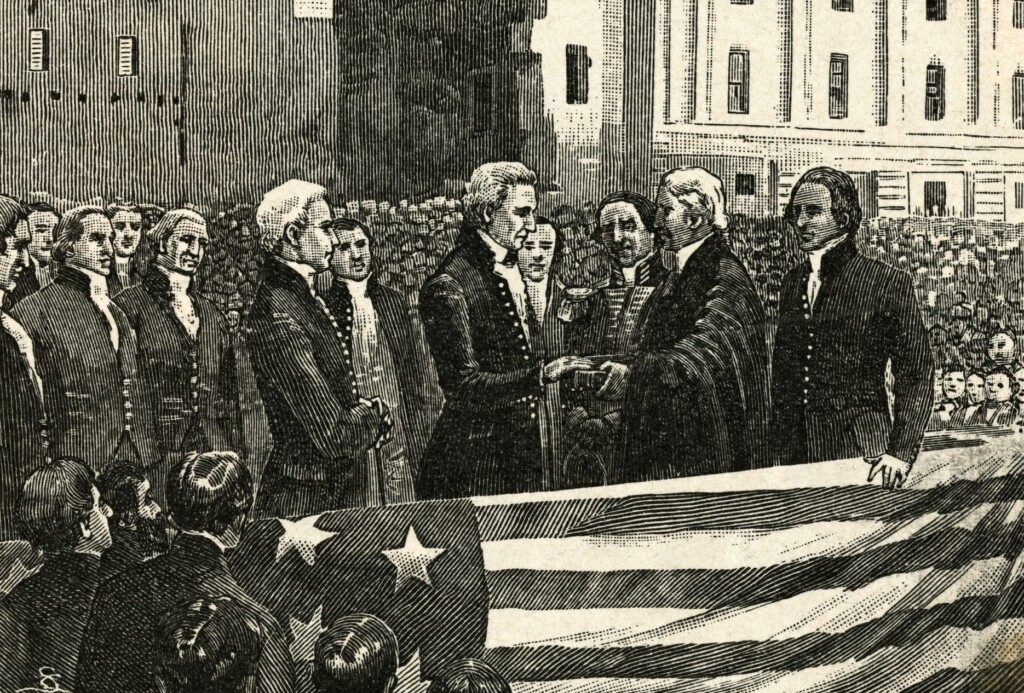
First Inaugural Address (3/4/1817)
Second Inaugural Address (3/4/1821)
Library of Congress Resources
MONROE ADMINISTRATION:
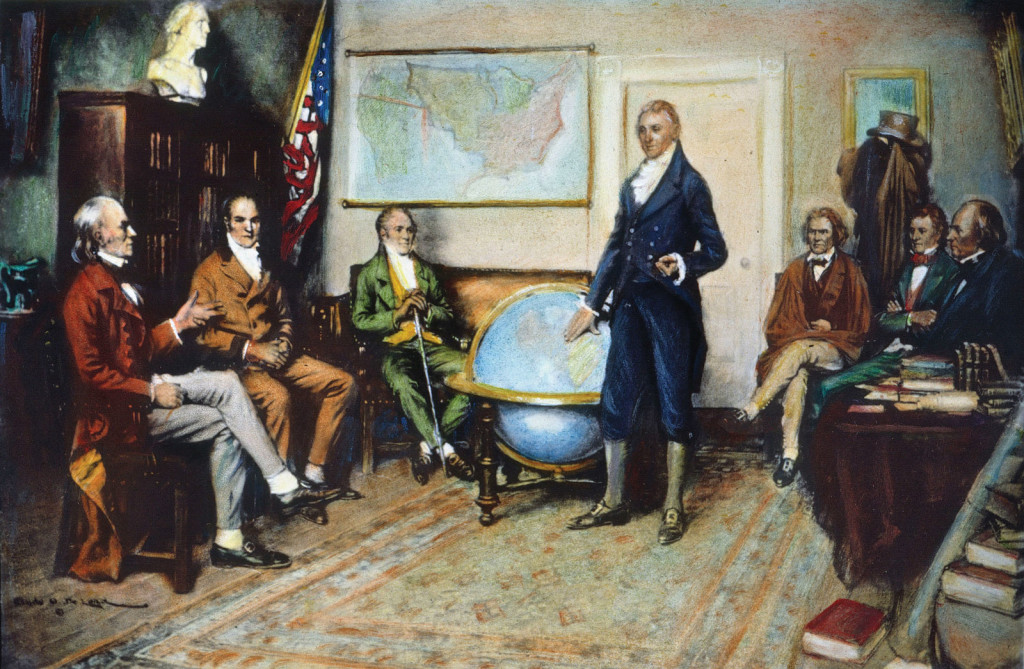
ATTORNEY GENERAL:
Richard Rush (1817)
William Wirt (1817–1829)
SECRETARY OF THE NAVY:
Benjamin W. Crowninshield (1815–1818)
Smith Thompson (1819–1823)
Samuel L. Southard (1823–1829)
POSTMASTER GENERAL:
Return J. Meigs, Jr. (1814–1823)
John McLean (1823–1829)
SECRETARY OF STATE:
Richard Rush (1817)
John Quincy Adams (1817–1825)
SECRETARY OF THE TREASURY:
William H. Crawford (1816–1825)
SECRETARY OF WAR:
George Graham (Acting, 1816-1817)
John C. Calhoun (1817–1825)
SUPREME COURT NOMINEE:
CONGRESS:
SPEAKER OF THE HOUSE:
Henry Clay (1815-1820)
John W. Taylor (1820-1821)
Philip P. Barbour (1821-1823)
Henry Clay (1823-1825)
IMAGE GALLERY:
HISTORIC SITES:
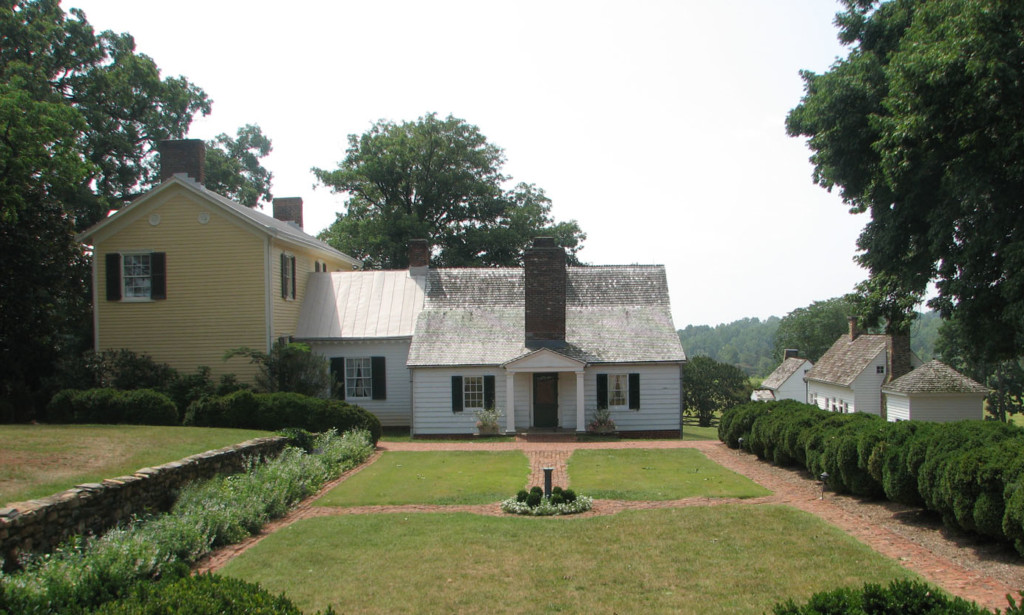
Highland
C-SPAN Cities Tour
Birthplace
Museum and Memorial Library
MEDIA COVERAGE/ ANALYSIS:
MONROE’S HOME MAY NOT HAVE BEEN SO HUMBLE AFTER ALL (New York Times, 5/10/2016)



